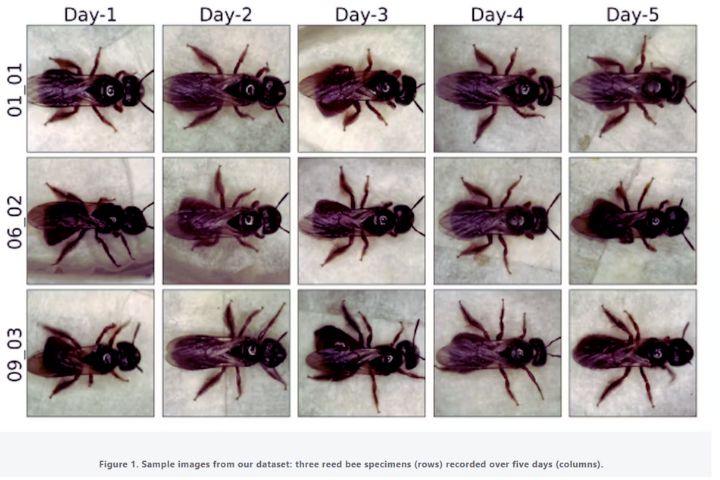In 2020, close to 40% of all internet traffic comes from bots. This is obviously a significant number, but it might surprise you further that nearly one-quarter of all internet traffic comes from malicious bots or bad bots.
The figure above should obviously come as a warning for all internet users, and especially for individuals and businesses who own or run a website or any other online infrastructure. As we grow more reliant on the internet, social media, apps, and other benefits of the online world, more cybercriminals have also arrived on the scene targeting our sensitive data and valuable information online.
So, what can we do to protect your website from bad bots? In this guide, we will discuss some actionable tips to prevent cybersecurity damages caused by bad bots, and how to protect your data and system.
Let us begin, however, by discussing some important principles of how internet bots work.
What Are Bots?
Bots, or to be exact, internet robots, are essentially software or programs that are programmed to automatically perform certain tasks over the internet. Automatic being the keyword here, as the program can perform the programmed task without any human intervention.
Typically, these bots are programmed to perform a relatively simple but repeatable task, and the key benefit is that they can execute these tasks at a much faster rate than a human user ever could.
For example, the average human user can type around 41 words per minute. A bot, however, can ‘type’ thousands of words in just a matter of seconds. Similarly, it takes some time for us to save an image from a website, while a bot can scan and save thousands of image files on a website almost instantly.
Managing Bot Activities
At a first glance, managing these bot activities might seem like a pretty simple thing to do: simply detect any activities that don’t come from human users, and block these activities from accessing our site.
Indeed, blocking all bot activities might seem like the most effective and cost-efficient method in controlling these malicious bots, but in reality, it is not that simple due to three main reasons
- There Are Good Bots
While bots have gained their notorious reputations in recent years especially due to their involvement in various high-profile cybersecurity incidents, there are actually good bots that are beneficial for both our website and our users.
These good bots are typically owned and operated by reputable companies (think Google or Facebook), and perform beneficial tasks such as indexing your website so it can be ranked on Google’s SERP.
The thing is, differentiating between good bots and bad bots can be a challenging task, and we wouldn’t want to accidentally block these good bots, which will translate into also blocking their benefits.
- Bots Are Getting More Sophisticated
Today’s bot programmers are really skilled and have accommodated the latest technologies like AI and machine learning to create very sophisticated bots. These bots, for instance, can use machine learning to impersonate human behaviours like visiting random pages before executing its objective, performing non-linear mouse movements, and so on.
At the same time, these bots are also using various technologies like residential proxies to hide their identities. It can be very difficult to differentiate these bots from legitimate human users, and blocking our users will also mean blocking our potential revenue.
- Blocking Can Be Counterproductive
Simply blocking the malicious bots won’t stop persistent attackers from targeting your website. They will simply modify their bots to bypass your detection methods and return stronger than ever. In fact, if you are not careful, the information you provide while blocking these bots (i.e. error messages) can be used by the attackers to modify their bots.
Different Types of Bot Attacks
Cybercriminals can use bots to perform various types of automated botnet attacks on your website and your network, but in general, we can divide these bot attacks into four major categories:
Attacks Targeting Account Credentials
The two most prominent types of attacks in this category are credential stuffing and credential cracking.
Credential cracking, or also known as a ‘brute force’ attack, is when a malicious bot attempts to guess your credential (i.e. password) by trying all possible combinations. For instance, if it’s a 3-digit PIN, the bot will first try 000, then 001, 002, and so on until it guesses the right PIN.
Credential stuffing, instead, is trying an already-owned credential (i.e. stolen and sold on the dark web) on other websites. For example, the attacker might possess a credential for a Gmail account, and tries the same credential on Facebook and Instagram, hoping that the victim uses the same username/password pair for different accounts.
There are also other types of attacks that target account credentials including automated account creation (to launch spam, for example), account aggregation (automatically compiles information from different accounts), and more.
Attacks Targeting and Exploiting Payment Information
For example, automated carding, card cracking, and cashing out.
In a ‘cashing out’ attack, for example, the attacker already possesses valid payment data (i.e. stolen and hacked credit card details), and use bots to attempt shopping on various eCommerce sites using this stolen card while arranging ways so that the attacker can cash out from this transaction.
For example, the attacker may arrange for the goods to arrive at their physical address instead or will attempt a refund so the eCommerce store will send the refunding of payments to their account instead of the credit card owners.
Vulnerability Identification Attacks
In this type of attack, the attacker uses bots to identify vulnerabilities (vulnerability scanning attack), and scan for identifiable fingerprints/footprints.
After the attacker has found potential vulnerabilities, they will launch other forms of attacks with or without bots to exploit these vulnerabilities.
Others/Miscellaneous
This category comprises other types of bot attacks like CAPTCHA bypass, ad fraud (using click bots to click on ads and skew the advertising costs), denial of service (performing a massive amount of requests to overwhelm a server), spamming, and more.












Leave a Reply